Protecting Web3 user鈥檚 integrity by preventing malicious MEV 鈥?Here鈥檚 how
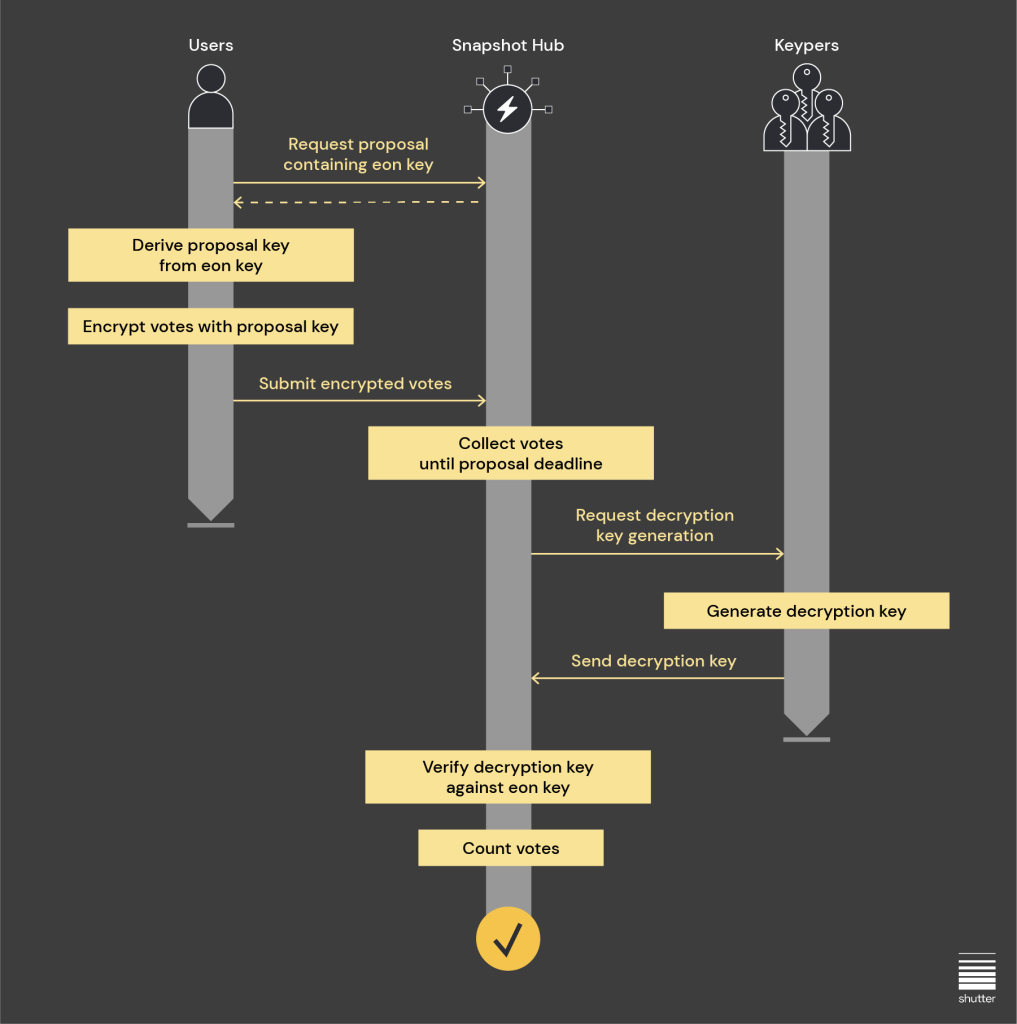
The blockchain community is emerging with fairer and more trustworthy ideas to prevent complex MEV challenges and front-running.


What is the manipulation of maximum extractable value (MEV)?What are the front-running and sandwich attacks?An emerging concern: Censorship in blockchainInnovative approaches to mitigating MEVA case study in MEV mitigationThe future of blockchain security
What is the manipulation of maximum extractable value (MEV)?
Blockchain was introduced as a distributed ledger technology (DLT) focusing on secure, multi-computer transaction recording.
Despite its potential as the foundation of a decentralized internet, blockchain faces a multitude of challenges, including scalability, energy consumption, regulatory uncertainty and the lack of interoperability.
A particularly vexing challenge is the manipulation of maximum extractable value (MEV), where block producers manipulate transaction orders to maximize profits, potentially sidelining smaller participants and resulting in a more centralized network.

Miners can prioritize their transactions in a block due to their control over transaction ordering.
The blockchain community actively seeks innovative solutions to lessen MEV鈥檚 adverse effects, striving for fairness and transparency. Some initiatives aim to safeguard the blockchain from exploitation and maintain its benefits by leveraging cryptographic techniques, particularly in layer-2 structures.
What are the front-running and sandwich attacks?
In blockchain, front-running occurs when actors like miners or validators exploit pending transaction information for their benefit. Front-runners monitor the network for profitable transactions, targeting to include their own as soon as they identify an opportunity. For instance, an MEV bot run in 2023 generated 584 ETH (almost $1.7 million) through front-running transactions.
Sandwich attacks, on the other hand, are a unique form of front-running in which a trader places orders before and after the target trade. In April 2023, a MEV bot operator seized $950,000 via a sandwich attack.

While front-running executes its trades first, sandwich attacks manipulate prices for profit by strategically placing orders.
Both attack methods exploit blockchain鈥檚 transparency, meant for reliability, as a tool of manipulation. Visible pending transactions in the memory pool allow malicious actors to exploit this information through front-running and sandwich attacks.
Front-running can lead to significant financial losses by worsening transaction prices for users. Furthermore, these exploitative tactics erode trust in blockchain, deterring users and investors.
An emerging concern: Censorship in blockchain
Miners or validators employing MEV strategies for personal gain contradict blockchain鈥檚 core principles of fairness and decentralization. Such practices potentially privilege certain participants over others and compromise the integrity and trust of the system.
These vulnerabilities not only compromise the robustness of blockchain networks but also erode the fundamental principles that underpin digital ledgers, leaving the system vulnerable to censorship.
The main problem arising from MEV attacks is the undermining of neutrality, a fundamental principle that guarantees equal treatment of all transactions on the blockchain. Participants may bribe validators, crucial for validating and recording transactions, to prioritize certain transactions over others. This manipulation distorts the fair nature of blockchain operations and increases costs by causing market inefficiencies.
Due to the rising costs and the lack of fairness in transaction processes, potential users may become skeptical about joining the Web3 ecosystem and view Web3 as an untrustworthy and manipulated space.
To counter MEV鈥檚 adverse effects, the blockchain community explores various solutions. The community suggests mechanisms to boost transaction confidentiality, hiding details until confirmation. There are even suggestions to change consensus mechanisms to reduce the advantage of front runners.
While censorship resistance is one of Ethereum’s core values, there is the possibility of censorship at the second layer due to the frequent use of centralized sequencers. On the other hand, the layer-1 network is not completely immune to censorship as well, as seen when Ethereum received massive backlash when it was discovered that Ethereum was mostly compliant with standards laid down by the Office of Foreign Assets Control (OFAC). Therefore, the community has to check whether the networks are subject to censorship.
Innovative approaches to mitigating MEV
Beyond suggesting fair transaction ordering and adding random transactions, the crypto community has advanced past the idea stage. Shutter, which has unique mempool protection technology, is one of them. Shutter provides mempool protection by encrypting transactions, preventing processes from being seen by potential front-runners, thus reducing the risk of sandwich attacks and other types of MEV exploits.
Teams such as Paradigm and Flashbots are also working toward the same goal. Individuals like Samczun are also actively developing defenses against prominent MEV bots and unethical miners or validators.
A case study in MEV mitigation
With its decentralized, efficient and practical design, Shutter aims to solve MEV challenges such as front-running and sandwich attacks. The platform employs threshold encryption, allowing multiple key holders to secure a transaction that only opens through a certain number of collaborating members.

An illustration of transaction execution in Shutter Network. Source: Shutter Network
Shutter encrypts transactions to protect them from front-runners as they navigate the 鈥榙ark forest,’ a metaphor for a risky digital environment, ensuring transaction details remain concealed until processed.
For example, when a trader uses a Shutterized protocol/rollup, the attacker cannot determine whether the transaction is a buy or sell, which tokens are exchanged, or at what price. Although it is not possible to reveal information securely to the chain as a standard, it is feasible to safely reveal information to the chain by encrypting the memory pool.
The platform seeks to apply its innovative encryption beyond technology to governance, enhancing blockchain integrity and fairness. For instance, Shutter developed Shutterized OP Stack technology to bolster the Optimism ecosystem鈥檚 security with an encrypted memory pool. In addition to fighting MEV malware, it emphasizes real-time censorship resistance and less dependence on sequencer trust.
The main goal of decentralization is censorship resistance, and it is possible to open an alternative sequencer decentralization path for many rollups. Shutter provides censorship resistance and decentralization of rollups with its encrypted memory pool. The network can also combine with decentralized rollups.
Shutter has also enabled its encrypted memory pool service to strengthen front-running and anti-censorship structures on the Gnosis Chain. Startups such as Espresso and Eigenlayer also strengthen their systems with encrypted memory pools.

Shutter Governance implementation example. Source: Shutter
Users first get a signed key to vote on a proposal using Shutter Governance. The system operator then verifies the signature in the registry, and the votes are encrypted. At the end of the voting period, the system decrypts the votes 鈥?kept encrypted throughout the process 鈥?and reveals the results.
Snapshot, a popular off-chain voting platform, also uses Shutter’s shielded voting system, which can be easily implemented with minimal changes to both on-chain and off-chain voting systems.
The future of blockchain security
Standing against malicious methods such as MEV that threaten blockchain security and fairness, Shutter draws attention to the importance of the community鈥檚 role in securing blockchain ecosystems. The platform emphasizes that collective efforts in innovation can forge more robust defenses against these threats.
Advanced cryptographic solutions, community-driven governance, and a commitment to blockchain鈥檚 core principles will pave the path forward. Collaboration within the blockchain community, as well as contributions from initiatives such as Paradigm and Flashbots, are crucial for a secure and fair DLT environment.

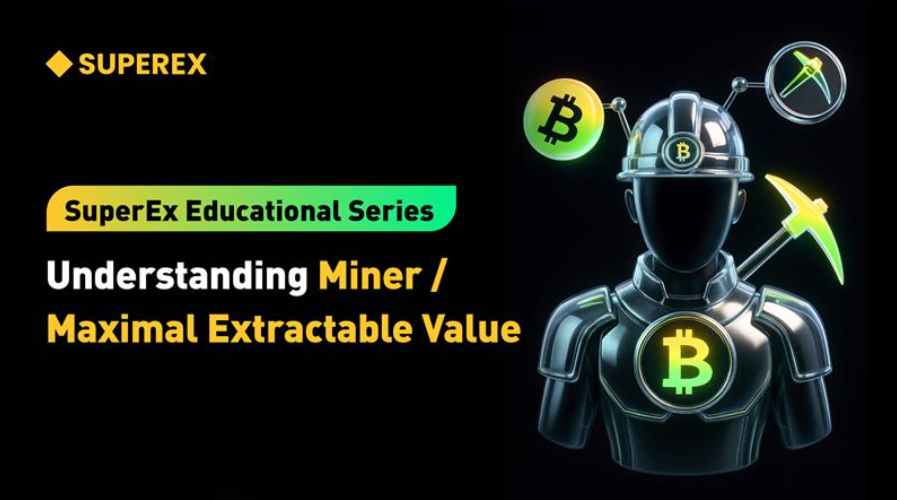
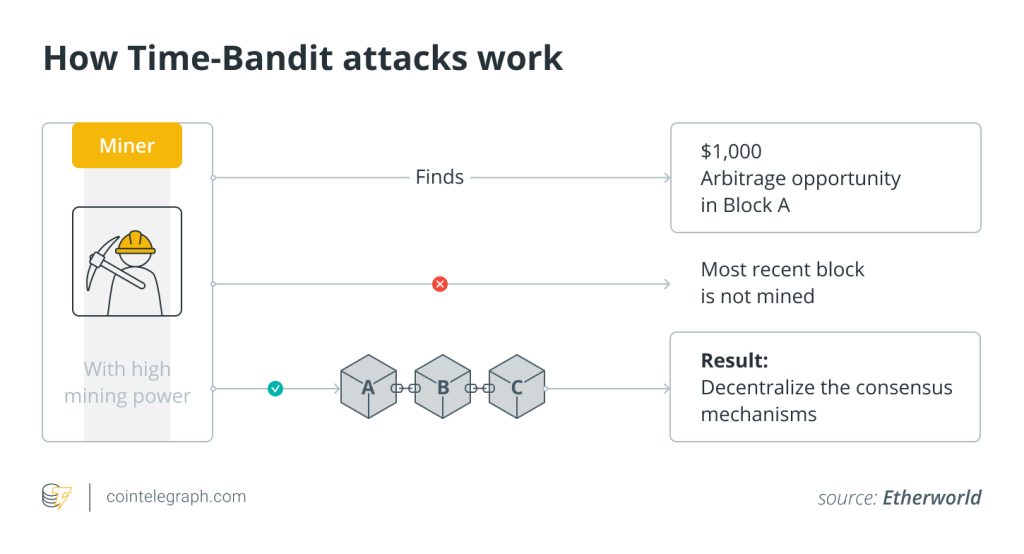
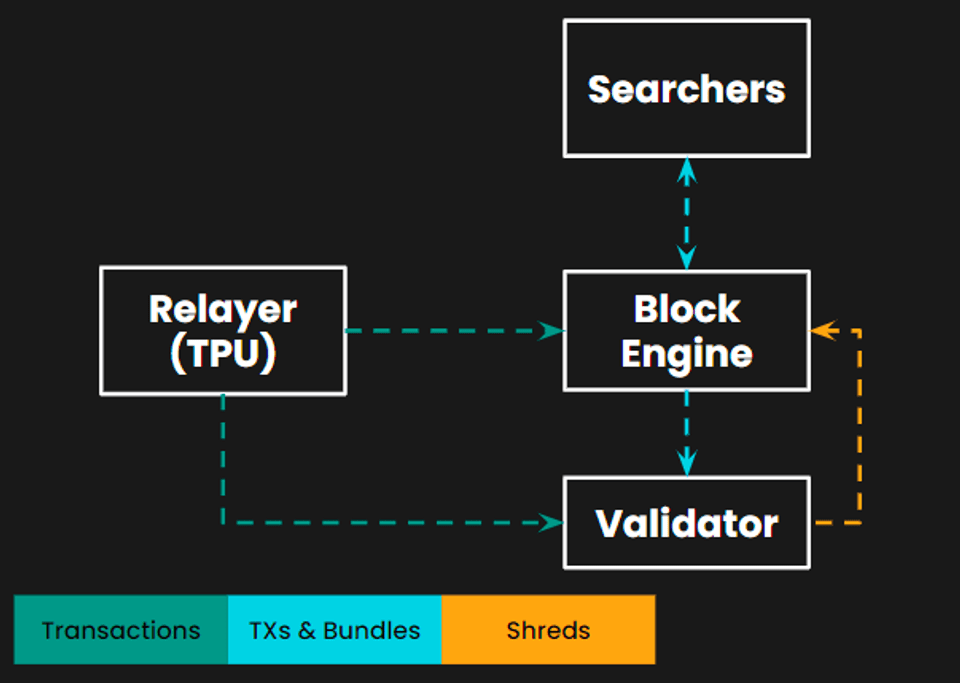
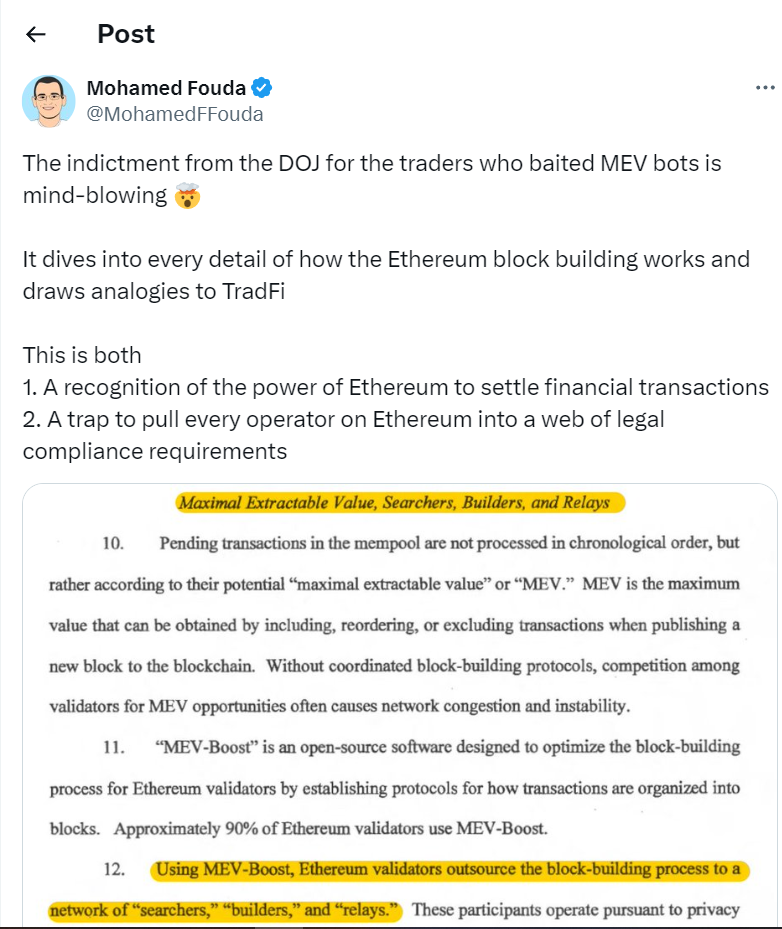
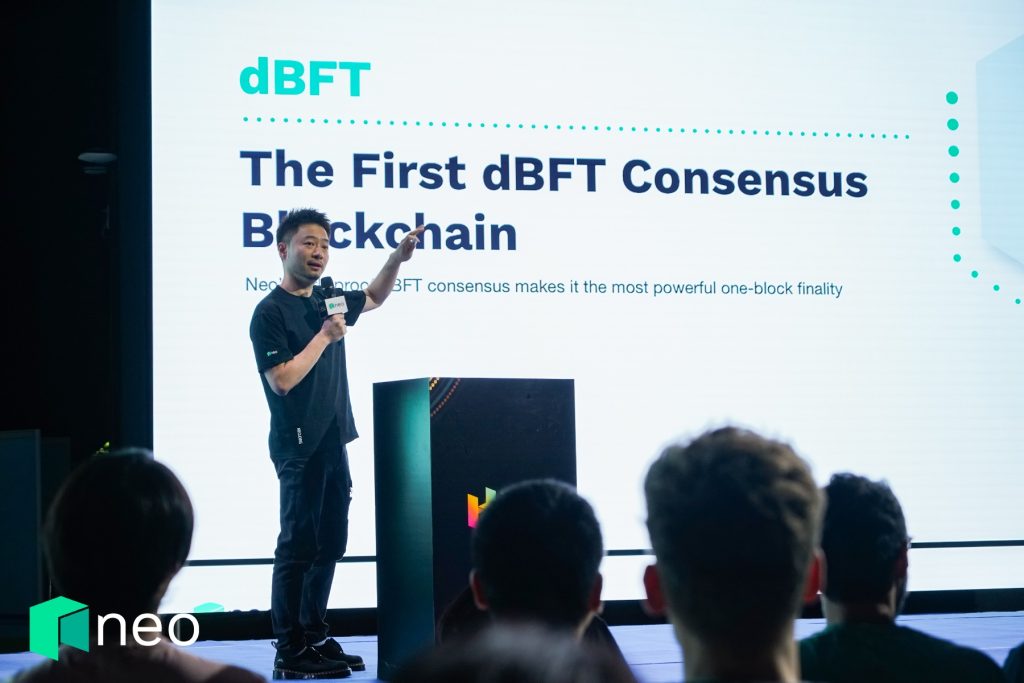
Responses